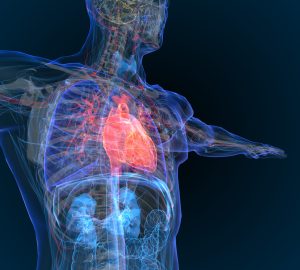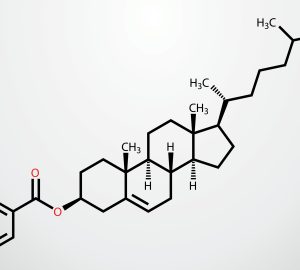the future of care | Ground was recently broken on a outpatient center across from Mercy Hospital in Creve Coeur. The 272,000-square-foot, five-level facility has been designed to optimize the patient experience. The new center will allow for integration between physicians and other specialists for easy collaboration and improved care. Specialities will include bariatrics, gastroenterology, neurosurgery, orthopedics and sports medicine, reconstructive surgery and urology, along with additional weight and wellness programming, imaging services and a surgery center. “The technologies and patient-centered approaches we plan to introduce will pave the way for the patient experience of the future, along with a better, more streamlined experience for our physicians and co-workers,” says Stephen Mackin, Mercy executive vice president and Mercy St. Louis community president.
an important connection
People with inflammatory conditions like Crohn’s disease and psoriasis are at risk of developing metabolic disorders such as insulin resistance and diabetes. Researchers at Washington University are using that connection to investigate potential new options for controlling blood sugar. Using a Catalyst grant from the National Institutes of Diabetes and Digestive and Kidney Diseases, they will look into whether immunosuppressive drugs prescribed for inflammatory conditions also can be used to control blood sugar levels and reduce the risk of serious complications. The idea for the study came from an observation made during previous research into how people with Crohn’s disease process fat in their diet. The team noticed that participants who were on the anti-inflammatory drug ustekinumab maintained normal blood sugar while people on other medications did not.
covid control
As COVID-19 spread across the world, questions were raised about how to track individual and community transmission rates in various locations. To address this, researchers at Saint Louis University created an app, My COVID19 Tracker, to monitor real-time symptoms and enable contact tracing by tracking the location of symptomatic individuals. It was developed by Enbal Shacham, Ph.D., a professor of behavioral science and health education and associate director of the SLU Geospatial Institute (GeoSLU); Flavio Esposito, Ph.D., assistant professor of computer science; and Roberto Coral, a research assistant in computer science. The app originally was designed for airport staff, but the team broadened the scope of the project so it could be used by businesses, schools, governments and other organizations. My COVID19 Tracker is currently available to everyone at cs.slu.edu/projects/covid19.
the whole picture
When we look at an image, areas in the back of the brain become active. Researchers at Washington University have demonstrated that light can be used to decode those signals to determine what a person is seeing. The study used high-density diffuse optical tomography (HD-DOT), a noninvasive, wearable, light-based brain imaging technology. Participants wore a cap fitted with dozens of fibers that relay LED light to the head. HD-DOT can capture dynamic changes in the color of brain tissue that results from the flow of oxygenated blood to fuel activity. Previous research had mapped the brain’s visual system by flashing checkerboard patterns and identifying which areas activated in response. This new study reverses the process, detecting active areas and then decoding which pattern triggered them.








